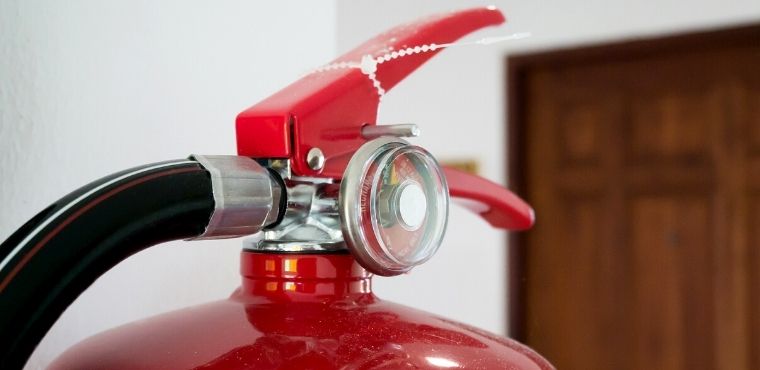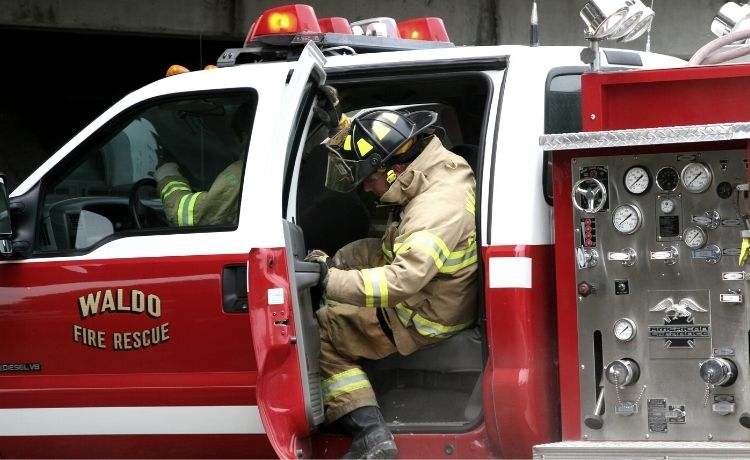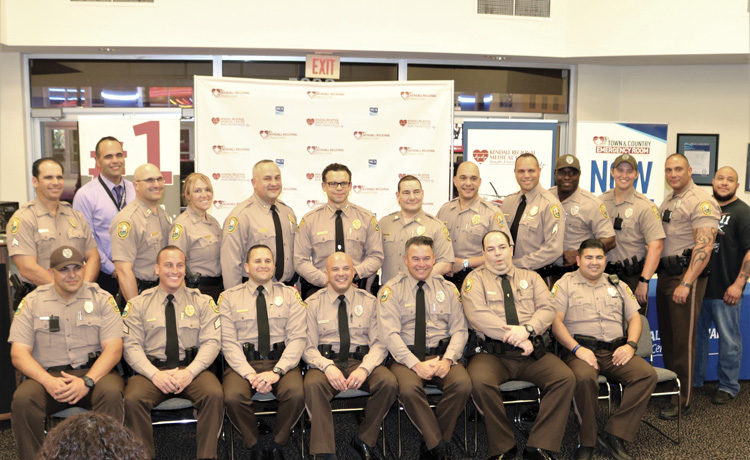Several varying factors influence a fire’s severity. Firefighters treat each one as a unique experience, gauging the best extinguishing approach based on cause and environmental factors. Departments have an expansive repertoire of fire extinguishing tools to help cease blazes. Proper evaluation of fires, their categories, and how to put them out is something that you learn thoroughly during fire science training. You may be called to combat a fire as the result of cooking, electronics, household chemicals, and other common elements that pose fire hazards. Reviewing the types of fires and how firefighters can extinguish them is a beneficial refresher for anyone serving in the courageous role-whether an amateur or long-time fire expert. If you are a business with a physical building you may want to look into Fire risk assessments for your office, warehouse, etc. to make sure you are following all the proper protocols and have the correct steps in place in case firefighters do have to come to your door.
Class A Fires: Douse With Water
Class A fires occur due to solid, flammable materials. Products susceptible to catching this type of fire are common fuel sources such as wood, flammable fabric, paper, and trash. These products often catch fire due to dryness or exposure to heat or flame.
A common approach to combatting Class A fires is dousing the item with water. A monoammonium phosphate also suffices to cut the flame if its stream is continuous. A constant supply of H2O or phosphate decreases the fire’s oxygen levels while cooling the engulfed materials.
Class B Fires: Deplete the Oxygen
The oxygen supply is incredibly influential to a fire’s expansion. Cutting off the air of a Class B fire is imperative to adequate extinction. These fires are the result of a flammable liquid or gas catching fire. These take shape commonly as:
- Petroleum-based paint or oil
- Tars
- Alcohol
- Gasoline and Kerosene
- Butane
- Propane
You’re likely to get called to homes or offices experiencing an unexpected fire from these items. Fire will die out from a lack of oxygen. Oppress the fire with dry chemicals, such as ammonium phosphate or pressurized carbon dioxide.
Many fire departments offer fire safety programs, so you can inform homeowners and facility staff of how to suppress a fire should their place catch aflame. You must relay to never splash water on a Class B fire, as water will disperse the flammable liquid and give the fire a greater distance, making it harder to manage.
Class C Fires: Cut the Power
Electrical fires, or Class C fires, are common because they can erupt from a series of faulty devices. When arriving on the scene of an electrical fire, shut off the electrical power that’s contributing to the damage. You’ll then use carbon dioxide or another non-conductive chemical to diminish the flames.
Class K: Get the Fire Extinguisher
One of the types of fires that are also common for homes is Class K. These types of fires are likely to occur in people’s kitchens-how quickly firefighters can extinguish them can save folks valuables from perishing.
Grease, animal and vegetable fat, olive oil, and other cooking elements are responsible for sparking Class K fires. You should use extinguishers against these fires, as their chemical agents absorb heat and cut oxygen.













 Deering Estate
Deering Estate
 Massage Envy South Miami
Massage Envy South Miami
 Calla Blow Dry
Calla Blow Dry
 My Derma Clinic
My Derma Clinic
 Sushi Maki
Sushi Maki
 Sports Grill
Sports Grill
 The Healthy Kitchen
The Healthy Kitchen
 Golden Rule Seafood
Golden Rule Seafood
 Malanga Cuban Café
Malanga Cuban Café

 Kathleen Ballard
Kathleen Ballard
 Panter, Panter & Sampedro
Panter, Panter & Sampedro
 Vintage Liquors
Vintage Liquors
 The Dog from Ipanema
The Dog from Ipanema
 Rubinstein Family Chiropractic
Rubinstein Family Chiropractic
 Your Pet’s Best
Your Pet’s Best
 Indigo Republic
Indigo Republic




 ATR Luxury Homes
ATR Luxury Homes


 2112 Design Studio
2112 Design Studio
 Hamilton Fox & Company
Hamilton Fox & Company
 Creative Design Services
Creative Design Services
 Best Pest Professionals
Best Pest Professionals
 HD Tree Services
HD Tree Services
 Trinity Air Conditioning Company
Trinity Air Conditioning Company
 Cisca Construction & Development
Cisca Construction & Development
 Mosquito Joe
Mosquito Joe
 Cutler Bay Solar Solutions
Cutler Bay Solar Solutions


 Miami Royal Ballet & Dance
Miami Royal Ballet & Dance
 Christopher Columbus
Christopher Columbus
 Pineview Preschools
Pineview Preschools
 Westminster
Westminster
 Carrollton
Carrollton
 Lil’ Jungle
Lil’ Jungle
 Frost Science Museum
Frost Science Museum
 Palmer Trinity School
Palmer Trinity School
 South Florida Music
South Florida Music
 Pinecrest Orthodontics
Pinecrest Orthodontics
 Dr. Bob Pediatric Dentist
Dr. Bob Pediatric Dentist
 d.pediatrics
d.pediatrics
 South Miami Women’s Health
South Miami Women’s Health

 The Spot Barbershop
The Spot Barbershop
 My Derma Clinic
My Derma Clinic




 Miami Dance Project
Miami Dance Project

 Rubinstein Family Chiropractic
Rubinstein Family Chiropractic
 Indigo Republic
Indigo Republic

 Safes Universe
Safes Universe
 Vintage Liquors
Vintage Liquors
 Evenings Delight
Evenings Delight





 Atchana’s Homegrown Thai
Atchana’s Homegrown Thai
 Baptist Health South Florida
Baptist Health South Florida

 Laser Eye Center of Miami
Laser Eye Center of Miami
 Visiting Angels
Visiting Angels
 OpusCare of South Florida
OpusCare of South Florida

 Your Pet’s Best
Your Pet’s Best





 HD Tree Services
HD Tree Services
 Hamilton Fox & Company
Hamilton Fox & Company


 Creative Design Services
Creative Design Services